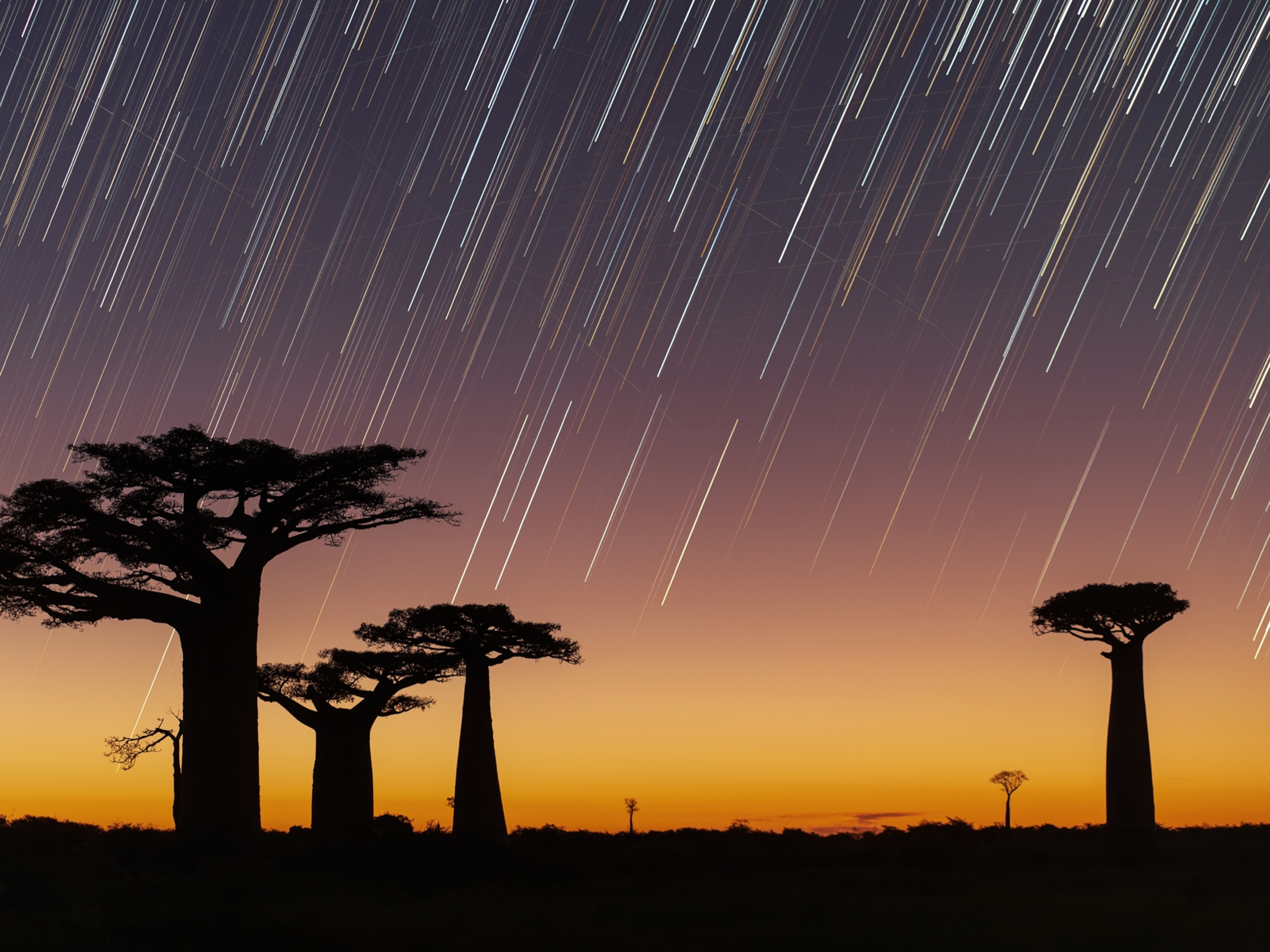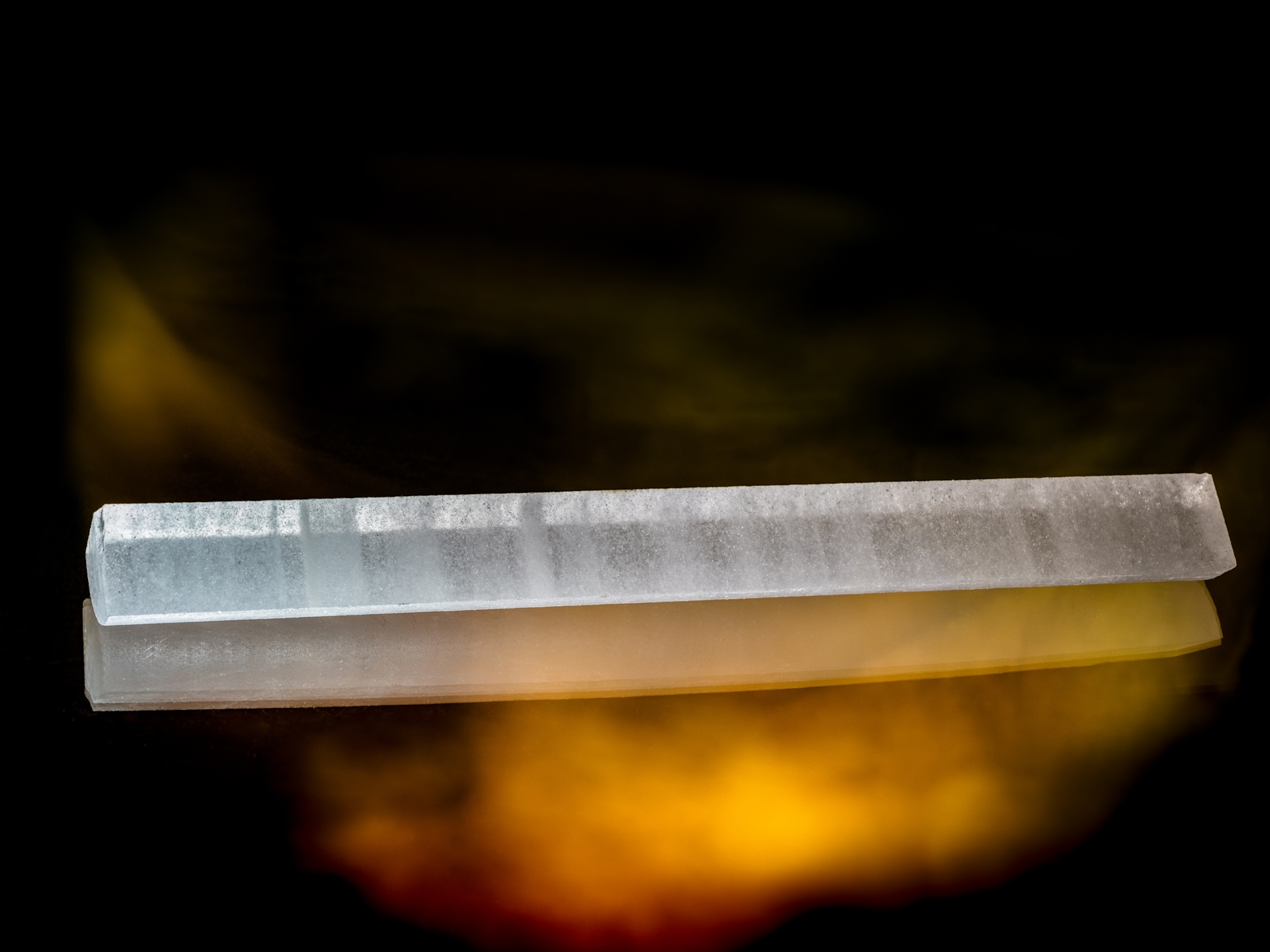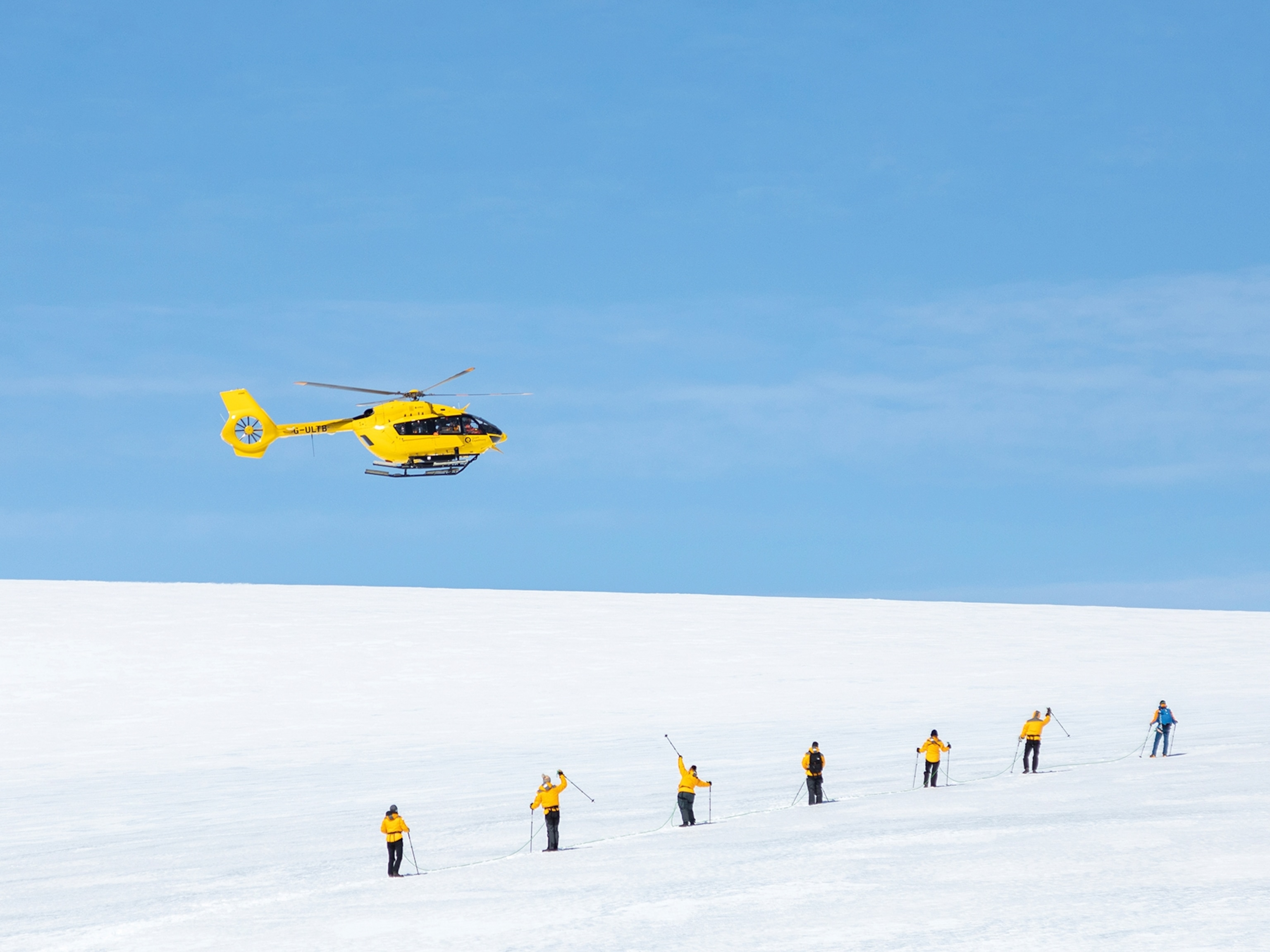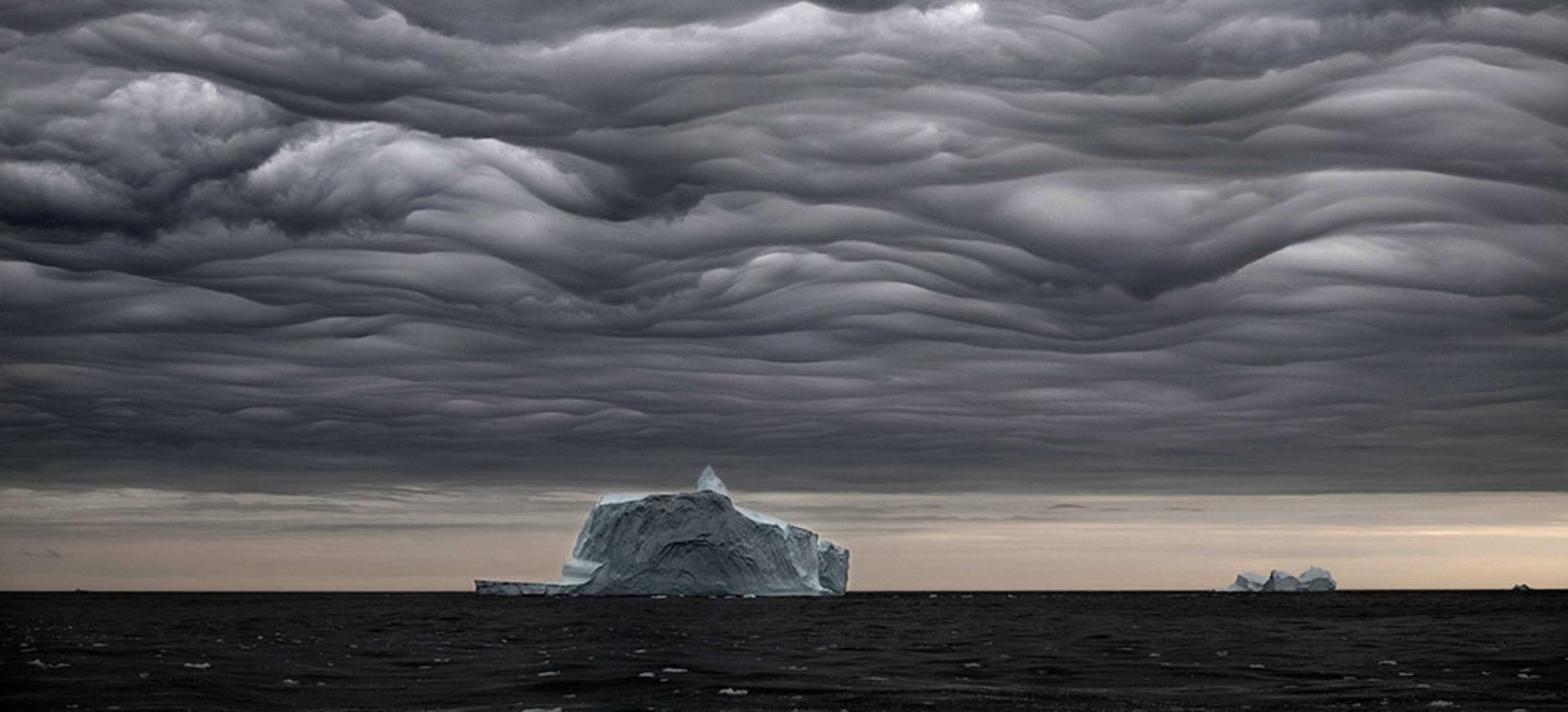
The Formidable, Fragile Beauty of Warming Landscapes
Fernando Moleres’s project ‘Melting Landscapes’ reduces the Arctic region’s vast vistas—towering icebergs, massive glaciers, snow-swept ice sheets—to their most minimal elements. The biggest challenge was having enough cloudy, gray days to achieve just the right look.
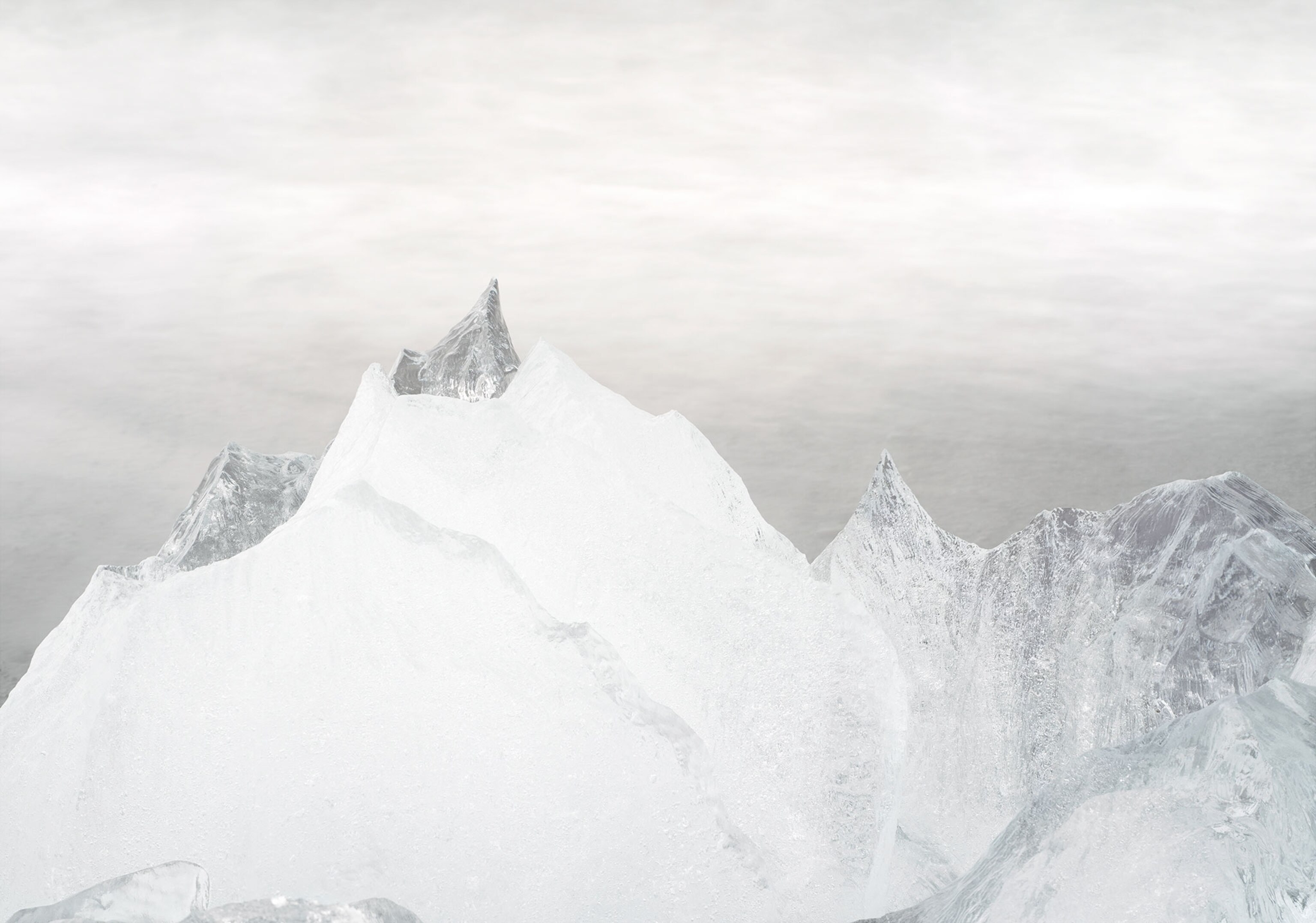
“I didn’t want to emphasize colors or size,” he says. “My intention was to reduce the context radically to the point it erases any visual reference and creates empty spaces. The whiteness and emptiness work as a symbol of a place that could disappear.”
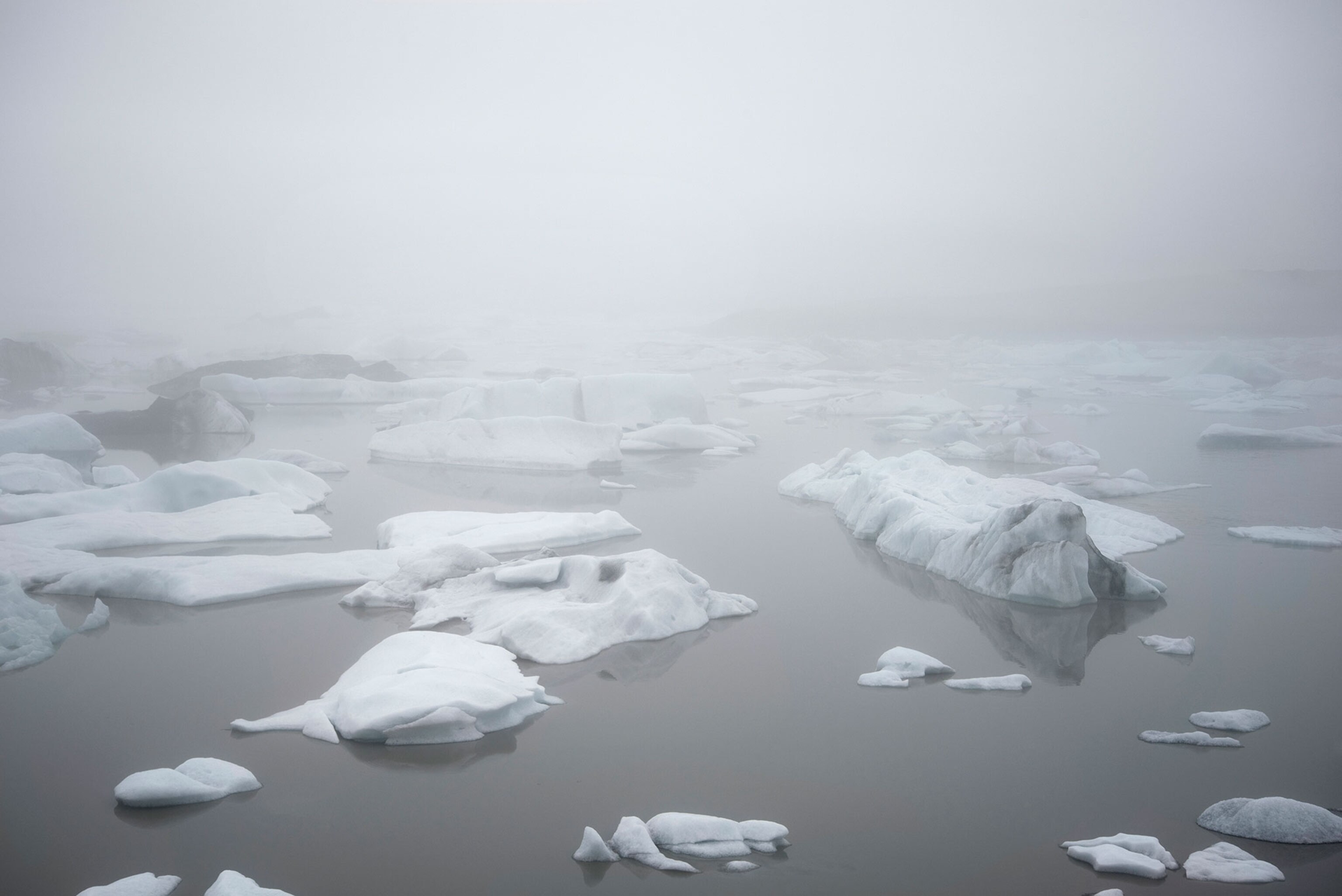
From August 2014 to October 2015, Moleres made several trips to Greenland and Iceland to photograph places most vulnerable to the effects of a warming planet. His goal was both to make a statement about climate change and to capture the aesthetic beauty of these monochromatic landscapes, to show the “hardness and, at the same time, the fragility of the Arctic.”
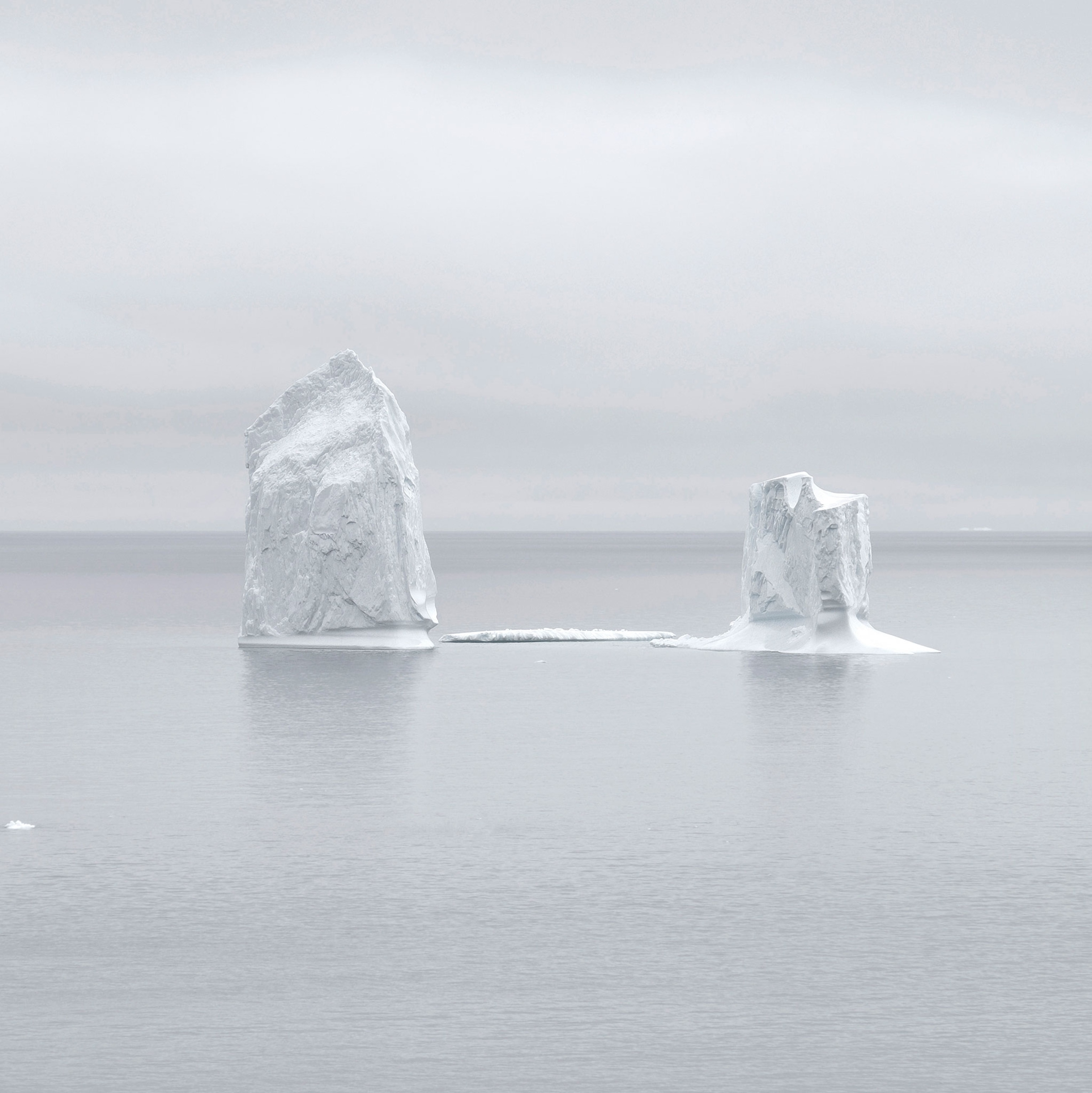
The global implications of melting polar ice are often talked about, and the trends remain sobering. By way of scale, the Greenland ice sheet alone is roughly 650,000 square miles (1.7 million square kilometers)—nearly three times the size of Texas—and covers most of Greenland, according to the National Snow and Ice Data Center (NSIDC). The NSIDC calculates that if the ice sheet were to melt away completely, the sea level would rise about 20 feet (6 meters). The Intergovernmental Panel on Climate Change reports that the Greenland ice sheet has been shrinking over the past two decades. Global sea levels are likely to continue rising this century and beyond.
(For more on rising sea levels, see this article from National Geographic magazine.)
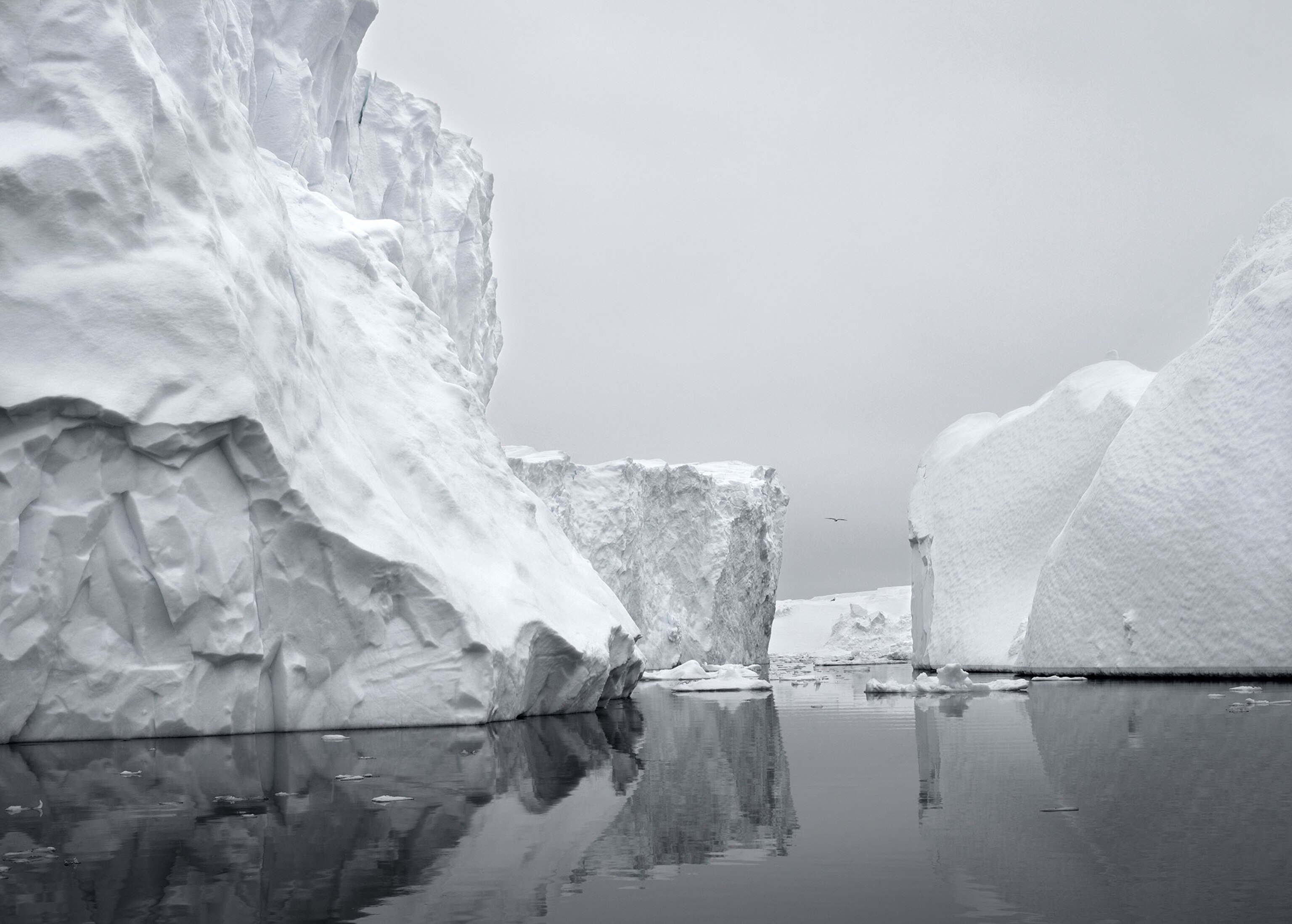
Each of the landscapes Moleres photographed—the Jakobshavn Glacier and its calved icebergs in Greenland’s Disko Bay, Fjallsárlón glacier in Iceland—bears its own distinct features, put into relief by Moreles’s consistent style. The hardest landscapes to access were in Greenland, he says. Wearing three layers of clothing in subzero temperatures—which he said wasn’t so bad—Moleres went out with local fishermen and on ferry boats to photograph the Jakobshavn Glacier and its ice fjord from the vantage point of the sea. And, at one point, he had stopped to take a picture while traveling over the ice by dogsled with a hunter when the dogs broke free and left them stranded.
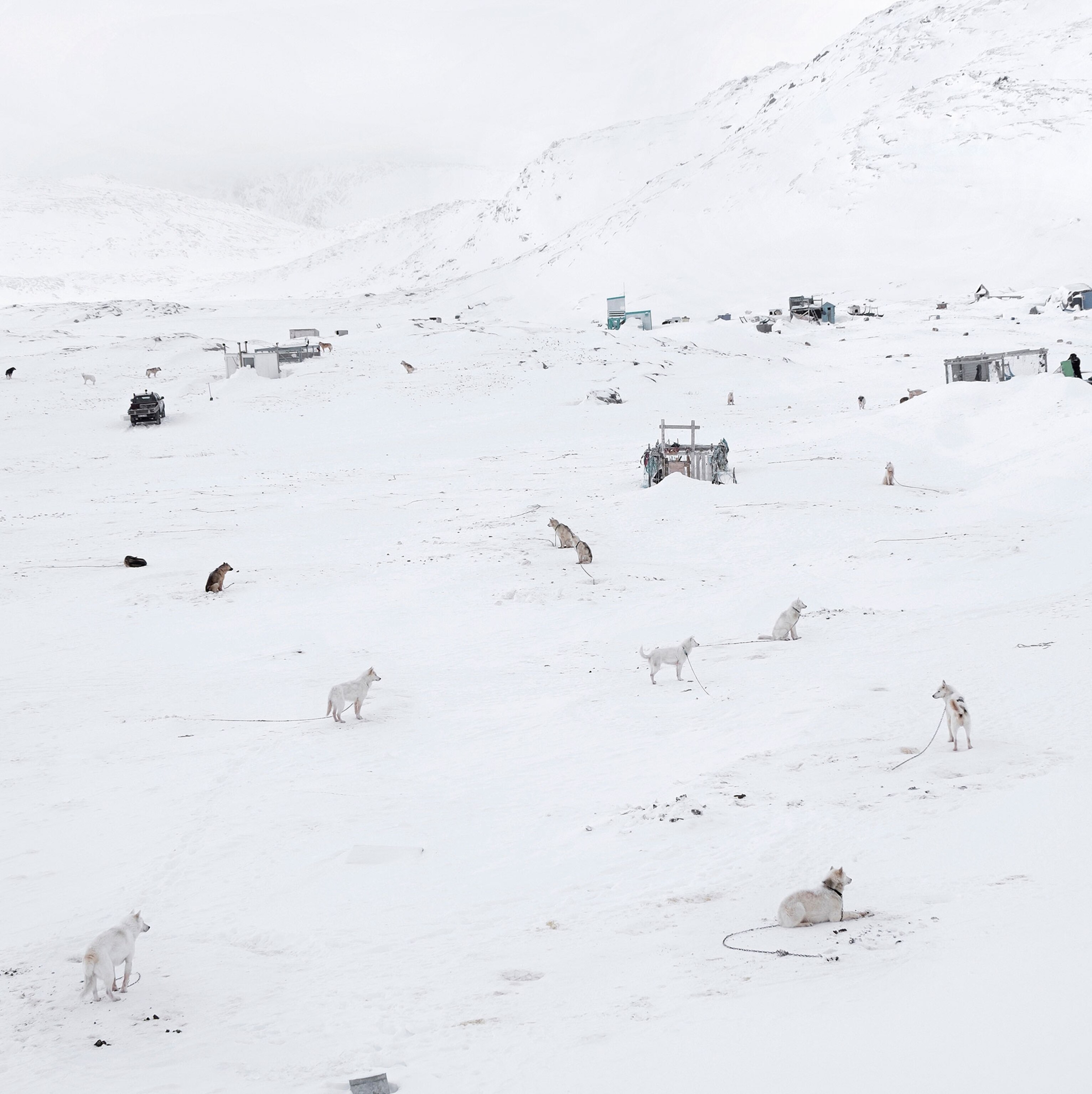
Despite logistical challenges, the silence and beauty of his surroundings drew him in. He also enjoyed the sense of scale—feeling small in comparison to his monolithic subjects, surrounded by the natural world.
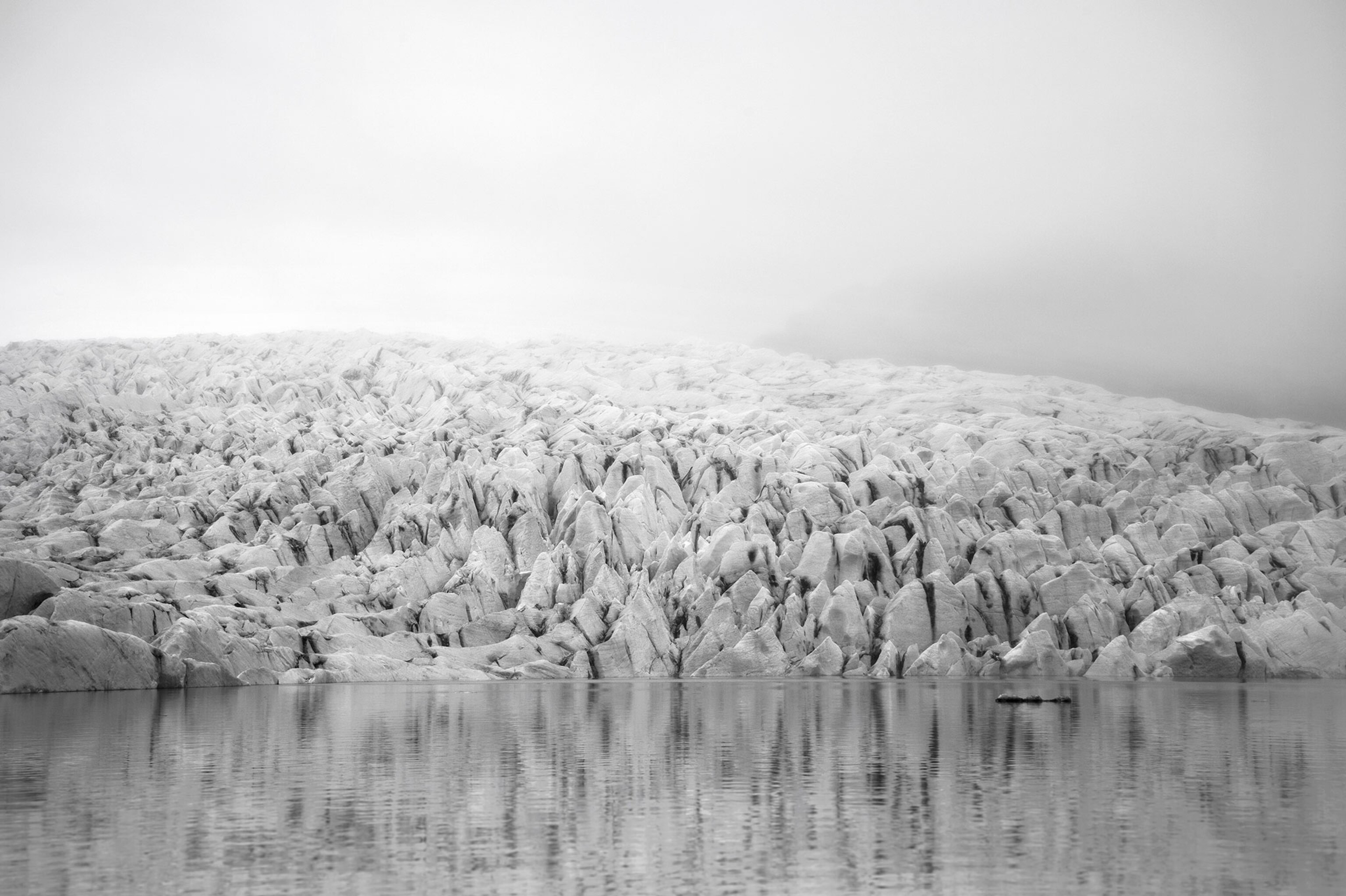
Asked what story he wanted to tell with these images, he sums it up like this: “There’s some vulnerability in the vital relationship between men and his natural surroundings. Human beings are behind climate change, the ones that provoked a rise in the planet’s temperature. Stopping this process of global warming makes us all responsible in different levels. It demands a deep change of mind and responsible use of energy sources.”
View more of Fernando Moleres’s work on his website.



